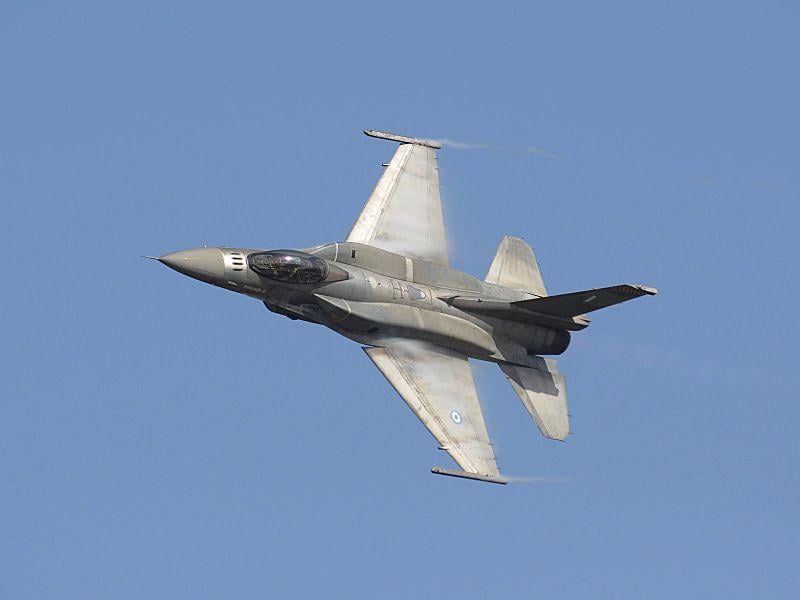
Violation of a Temporary Flight Restriction, or TFR, announced by the FAA in the form of a NOTAM, or Notices to Airmen, can lead to an unwelcome escort by two Air Force F-16s, F-15s or F-22s and disciplinary action by the FAA, such as the suspension or loss of license, fines or jail time. Fighter jets are at the ready at about 12 alert bases throughout the U.S. and can be airborne and intercepting an aircraft in 15-20 min., Lt. Col. Omar Bradley with the North American Aerospace Defense Command (NORAD) said during a presentation at Sun ‘n Fun Aerospace Expo 2021.
The FAA establishes and enforces the restrictions, while NORAD defends them.
When May NORAD Intercept You?
Unauthorized entry into airspace may occur during a temporary flight restriction, in a Washington D.C. Special Flight Rules Area and in an Air Defense Identification Zone (ADIZ) boundary.
TFRs are put into place during movements of the president or vice president and during events, such as the Super Bowl, air shows, space launches, volcanic eruptions and fires. U.S. presidents get a flight restriction inner ring radius of 10 nm and an outer ring radius of 30 nm from the ground up to 17,999 ft. msl when they travel. General aviation aircraft are often allowed to fly through the outer ring as long as they are talking to ATC, squawking a discrete code and operating on an active flight plan.
Most violations are from incomplete flight planning or navigation and communication failures. Violations have increased since the Sept. 11, 2001, terrorist attacks. “It happens more than you think,” Bradley said.
What To Do If You Attract An Escort
- Plan – Check before you fly. TFRs may change frequently. Check them out during a route briefing at 1-800-WX-BRIEF or at tfr.faa.gov. Sometimes ATC allows pilots to fly through a flight restriction should they request permission to do so and they receive the OK. Others may not.
- If you find yourself inadvertently in a restricted space, talk to the ATC. If communication is lost, squawk 7600. (Squawk 7700 for an emergency and 7500 for a hijacking.) If you can’t talk, return to where you took off or exit the TFR in the shortest direction. Not talking or squawking may generate an alert and place you at risk of an escort.
- Before launching the fighters, ATC will attempt radio contact on your assigned ATC frequency and on the VHF Guard frequency at 121.5.
- If you are intercepted, fighters will first approach to identify the aircraft, check whether there could be a medical emergency, attempt to get the pilot’s attention and establish communication. Typically, one pilot will rock the wings and work to get your attention, while the other one will trail the aircraft.
- Don’t try to outsmart the fighter pilots who are intercepting you, Bradley says. They may not be able to fly as slow, but they can perform barrel rolls over you, fly S curves and use other techniques to track you. They are trained at tracking people and vehicles on the ground. “There is no escape,” Bradley says. “We will find you.”
- If you’re intercepted, remain predictable in your attitude, heading and airspace.
- Acknowledge the interceptor with a wing rock.
- The interceptor will again attempt to contact you on the radio. Monitor Guard frequency 121.5 as well. If you’ve lost frequency, contact 121.5. Talk to ATC if you can’t talk to the interceptor.
- Follow the interceptor, who will set the heading and course and take action to get you out of the restricted space and help find a suitable airport to land. If the fighter’s gear is down, it’s a signal that the pilot is taking you someplace to land.
- After landing, you will be met by an FAA representative, and sometimes by law enforcement. If you get there first, wait until you are contacted.





